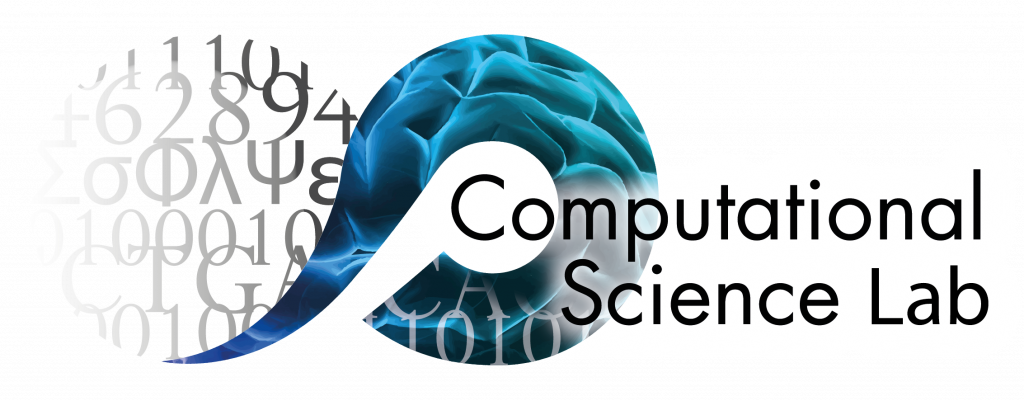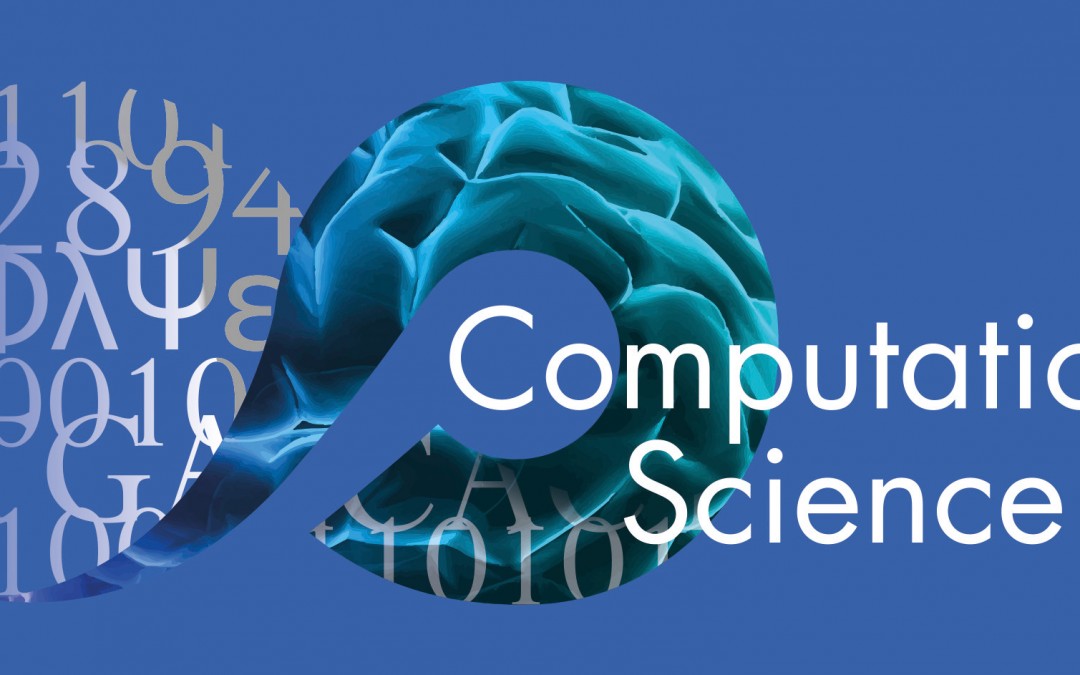We are seeking two PhD candidates for a computational network science position to work on an exciting research project in an interdisciplinary team. They will focus on the use of mathematical and computational methods to understand social and financial processes in crime and their interplay.
PhD in network information dynamics in criminal networks
You will focus on analysing flow dynamics in (multiplex) networks. You will use information theory and network theory to identify the optimal information positions as well as driver positions (causal influence). The flows of information, goods, money that flow through the system lead to emerging patterns of complex criminal network organisation and behaviour. When does the network reach a tipping point if typical information is transferred through the network? How is money transferred through the network and is this different from the flow of information? As a starting point for inspiration please see the referenced article*.
In the present context a good information position of an individual is to possess information about (or be correlated with) a large number of other individuals, possess information which stays relevant for a long period of time, or both. In addition to the flow of information or causality we are also interested in other flow dynamics, such as money, commodities, or trust.
* Quax, Rick, Andrea Apolloni, and Peter MA Sloot. ; The diminishing role of hubs in dynamical processes on complex networks.’ Journal of The Royal Society Interface 10.88 (2013): 20130568.
Further details: https://www.uva.nl/en/content/vacancies/2019/10/19-670-phd-position-network-information-dynamics-in-criminal-networks.html
PhD in adaption in criminal networks
You will focus on identifying and modelling the dynamics of adaptation to different intervention strategies by law enforcement. Criminal networks are infamous for their resilience against different intervention strategies. Interventions can be aimed at central actors, but also on actors with a specific role within a value chain. Each criminal activity, such as cocaine trafficking, money laundering or migrant smuggling, has its own value chain. For example, illegal cannabis cultivation involves property owners, electricians, cutters, distributers, and sellers, each with specific skill sets and dependence on each other. Read further about the subject in this article*.
The first goal is to understand the adaptation processes after different types of interventions based on historic police data. Second, is to integrate these insights into a model for adaptation that can be used to simulate the different effects of interventions, such as centrality attack, value chain attack, etc. Third, we aim to use the knowledge of adaptation processes and value chains to predict potentially missing links from the inherently incomplete data sets, by matching partial value chains and inferring highly likely unobserved links which would complete the value chain.
*Duijn, Paul AC, Victor Kashirin, and Peter MA Sloot. ‘The relative ineffectiveness of criminal network disruption.’ Scientific reports 4 (2014): 4238.
Further details: https://www.uva.nl/en/content/vacancies/2019/10/19-671-phd-position-adaption-in-criminal-networks.html

